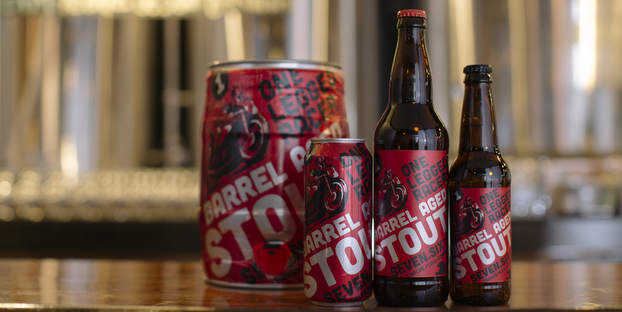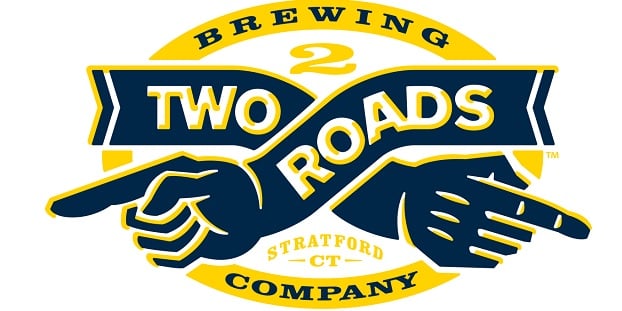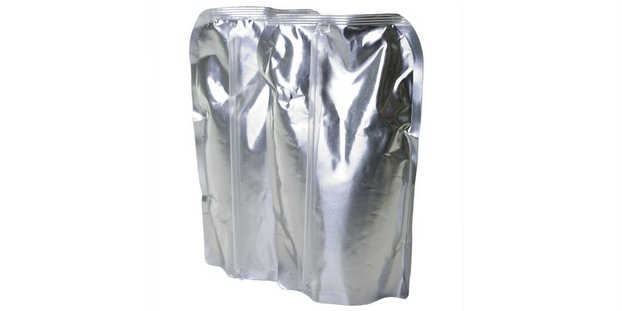
On the shelf, a beer is a singular object. It sits there, submitted to the judgment of all passersby. But in that 10 second glance, what’s really being judged is not a singular object, but rather a complex puzzle of disparate pieces — glasses, aluminums, glues, papers — all solidified by any number of gears, conveyors and human hands. And if all went according to plan, from the tank to the shelf, none of those pieces will be noticed individually. It will just be part of the whole of that singular “beer.” But anything wonky along the way, and that singular object will be known for the wayward piece that doesn’t connect. The whole defined and downgraded by one of its parts.
In short: It’s complicated. Getting that singular object as perfect as can be can only happen through communication and teamwork and planning.
This story from Dave Valenza-Frost, director of customer service and logistics at Two Roads Brewing Co. perfectly illustrates everything we just waxed poetic about.
“Make sure all tiny details have been gone over,” he advised as part of an Avery Dennison panel on labeling best practices at this year’s Craft Brewers Conference in Washington, D.C. So, how tiny are the details he’s talking about? “Something as small as … we actually went with [new bottle suppliers] to save a few pennies on every case. It was just a small strategic change in our supply chain.”
So, same bottle size and shape, same color, nothing intended to be different other than the price from the supplier.
“But, we lost a tiny bit of real estate where the shoulder starts and the bottle foot bubbles out,” he continues. So, a subtle, unnoticeable difference from one supplier’s bottle to the next.
“Well, our cut and stack label ended up being a little bit too tall in order to fit that real estate space,” he says. “But we didn’t think about it. So, we made that change and then those labels we ran through started sitting on top of that bulge and then flag off the side and we noticed it.”
This small supply change is now a quality issue. That singular bottle, sent to the shelf, is a visible mistake, and a bad foot to put forward in front of potential craft beer buyers. From there, all of the extra work kicked in.
“We had to work to minimize the design as much as we could without affecting any of the branding to make the label fit this new real estate,” he explains. “So, thinking one little thing like that won’t have a cascading effect on everything, you are wrong, it will.”
Luckily, the answer for avoiding issues like this (or at least as best as you can) is easy.





Leave a Reply
You must be logged in to post a comment.